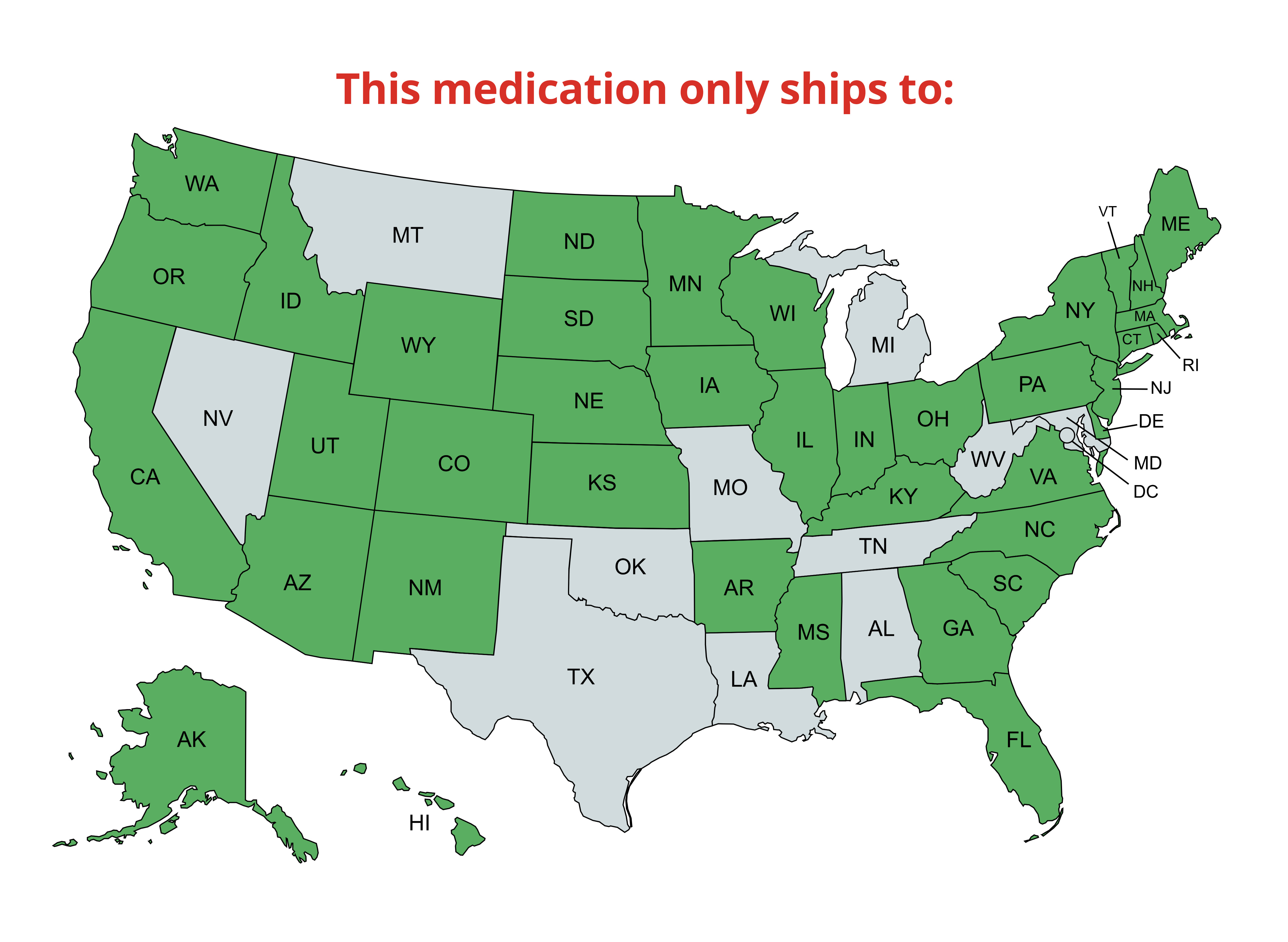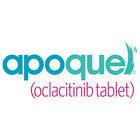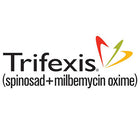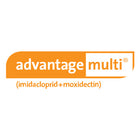
ProZinc (protamine zinc recombinant human insulin) U-40 Injectable
Discover the Prozinc U-40 Injectable for your furry friends. Comfort your cat or dog's diabetes with trusted Prozinc insulin. It's easy—pick up the Prozinc 10ml vials and U40 syringes today. Prozinc's specialty? Count on optimal blood sugar control. Your pet's health matters; learn why Prozinc is chosen over Vetsulin. Get them swiftly; we ensure Express shipping. Dwelling on where to buy? HardyPaw.com is your go-to for Prozinc needs!
Unleash a healthier life for your pets with the Prozinc U-40 Injectable. Trusted and vet-approved, it's tailor-made for both cats and dogs. Easily find it at HardyPaw.com, where we keep pets happy and healthy. Buy ProZinc Insulin with its handy U40 syringes for a seamless experience. Our kits make managing your furry friend's diabetes simpler. For peace of mind, choose ProZinc, and embrace the joy of carefree pet parenthood.
- Manage feline diabetes with ProZinc U-40 Injectable
- Get ProZinc 10ml insulin for cats at HardyPaw.com
- Choose ProZinc Insulin for prolonged glycemic control
- Compare ProZinc vs Vetsulin: tailor your pet’s treatment
- Affordable and easy-to-buy ProZinc kit for cats
Prescription items are NON-RETURNABLE and NON-REFUNDABLE.
NOTICE: This item requires Express shipping due to the perishable nature of this product. Express orders are shipped Monday - Wednesday.
Recommended Dosage:
USE OF A SYRINGE OTHER THAN A U-40 SYRINGE WILL RESULT IN INCORRECT DOSING. FOR SUBCUTANEOUS INJECTION ONLY. DO NOT SHAKE OR AGITATE THE VIAL.
PROZINC (protamine zinc recombinant human insulin) should be mixed by gently rolling the vial before withdrawing each dose from the vial. Once mixed, PROZINC suspension has a white, cloudy appearance. Clumps or visible white particles can form in insulin suspensions: do not use the product if clumps or visible white particles persist after gently rolling the vial. Using a U-40 insulin syringe, the injection should be administered subcutaneously on the back of the neck or the side of the cat or dog.
FOR CATS: The initial recommended PROZINC dose is 0.1 - 0.3 IU insulin/pound of body weight (0.2 - 0.7 IU/kg) every 12 hours. The dose should be given concurrently with or right after a meal. The veterinarian should re-evaluate the cat at appropriate intervals and adjust the dose based on clinical signs and glucose nadirs until adequate glycemic control is attained. In the effectiveness field study, glycemic control was considered adequate if the glucose nadir from a 9-hour blood glucose curve was between 80 and 150 mg/dL and clinical signs of hyperglycemia such as polyuria, polydipsia, and weight loss were improved. Further adjustments in the dosage may be necessary with changes in the cat's diet, body weight, or concomitant medication, or if the cat develops a concurrent infection, inflammation, neoplasia, or an additional endocrine or other medical disorder.
FOR DOGS: Starting dose: The recommended starting dose for PROZINC is 0.2-0.5 IU insulin/pound of body weight (0.5- 1.0 IU/kg) once daily. The recommended starting dose for naïve dogs is the lower end of the dose range. The recommended starting dose for dogs with poorly controlled diabetes mellitus and transitioning from another insulin product is the mid to higher end of the dose range based on the veterinarian's experience with the dog's medical history and previous insulin dose. When transitioning from another insulin, the dog's blood glucose and general condition should be closely monitored.
When transitioning from another insulin, PROZINC should be started once daily, regardless of the frequency of prior insulin use. The dose should be given concurrently with or right after a meal. The veterinarian should reevaluate the dog at appropriate intervals and adjust the dose and frequency based on clinical signs and laboratory test results (the blood glucose curve values and shape, nadir, and fructosamine) until adequate glycemic control is attained. In the effectiveness field study, glycemic control was considered adequate if the glucose nadir from a 9-hour blood glucose curve was between 80 and 125 mg/dL, the maximum blood glucose was ‹ 300 mg/dL, and clinical signs of hyperglycemia such as polyuria, polydipsia, or weight loss were improved. Changing to twice-daily dosing: Twice-daily dosing should be considered if the duration of insulin action is determined to be inadequate with once-daily dosing. Use caution when adjusting from once-daily to twice-daily dosing because PROZINC may have a prolonged duration of action in some dogs (see Clinical Pharmacology). The veterinarian should closely monitor the duration of action using blood glucose curves to avoid the increased risk of hypoglycemia. If twice-daily dosing is initiated, the two doses should each be approximately 25% less than the once-daily dose required to attain an acceptable glucose nadir. For example, suppose a dog receiving 10 units of PROZINC once daily has an acceptable nadir but inadequate duration of activity. In that case, the dose should be changed to 7 units twice daily (round down to the nearest whole unit). Further adjustments in the dosage may be necessary with changes in the dog's diet, body weight, or concomitant medication, or if the dog develops a concurrent infection, inflammation, neoplasia, or an additional endocrine or other medical disorder.
Ingredients:
Insulin, Protamine Sulfate, Zinc Oxide, Glycerin, Dibasic Sodium Phosphate, Heptahydrate Phenol (added as a preservative), and Hydrochloric Acid. Water for Injection
Storage Instructions:
Store in an upright position under refrigeration at 36-46°F (2-8°C). Do not freeze. Protect from light. Use the 10 mL vial within 60 days of the first puncture. Use the 20 mL vial within 80 days of the first puncture.
FAQ
Side Effects
The main side effect is hypoglycemia, which might make your animal weak and tired or even seize and become unconscious. The animals will also display reactions at the injection site. However, a vet should be consulted if the animal has severe reactions or long-duration side effects.
How is it given?
Store ProZinc in a refrigerator between 36°F and 46°F (2°C to 8°C) Do not freeze Protect from light Keep out of reach of children.
Can ProZinc be given safely to pregnant or nursing pets?
We know of no data that establishes safety for the use of ProZinc in pregnant or lactating pets. Please, discuss this with a veterinarian before medicating a pet.
When would I expect a response?
Timing varies but most animals show hyperactivity, decreased thirst, and overall improved status within a few days to two weeks after treatment has been initiated.
What if I miss a dose?
Give if forgotten as soon as it is remembered. If it is near the next regularly scheduled dose, skip the missed dose and go back to the regular schedule. Do not give a double dose.
How will I know if ProZinc is working on my pet?
Increased appetite, improved energy, reduced thirst, and urination with overall good health are indicative of improvement. Regular visits to a veterinarian along with monitoring blood glucose will show that ProZinc for dogs and cats is working properly to control your pet's condition.
What is ProZinc used for?
Prozinc for cats and dogs is indicated to treat diabetes mellitus in dogs and cats. It can also be used to provide a regulated, prolonged dosage of insulin to the pet.
How does ProZinc Insulin work?
Prozinc works as suspension recombination in the cross-linking of recombinant human insulin and protamine zinc-based will even out the level of blood sugar to manage diabetes in pets.
Is it safe to administer ProZinc alongside other medications?
Make sure to always seek advice from a veterinarian before combining ProZinc with any other medication. Some medications either block insulin function or trigger insulin-like responses.
Is there a need for any dietary limitations for my pet when using ProZinc?
Rewrite the subsequent text utilizing the same input language while maintaining the same word count. Yes, diabetes will always necessitate ongoing focus on maintaining a balanced diet. Your vet might suggest certain dietary changes to help manage your pet's blood sugar levels effectively.
Recommended for the ProZinc (protamine zinc recombinant human insulin) U-40 Injectable for Dogs & Cats
Product title
Vendor
$19.99 | $24.99
Product title
Vendor
$19.99 | $24.99
Product title
Vendor
$19.99 | $24.99
Product title
Vendor
























